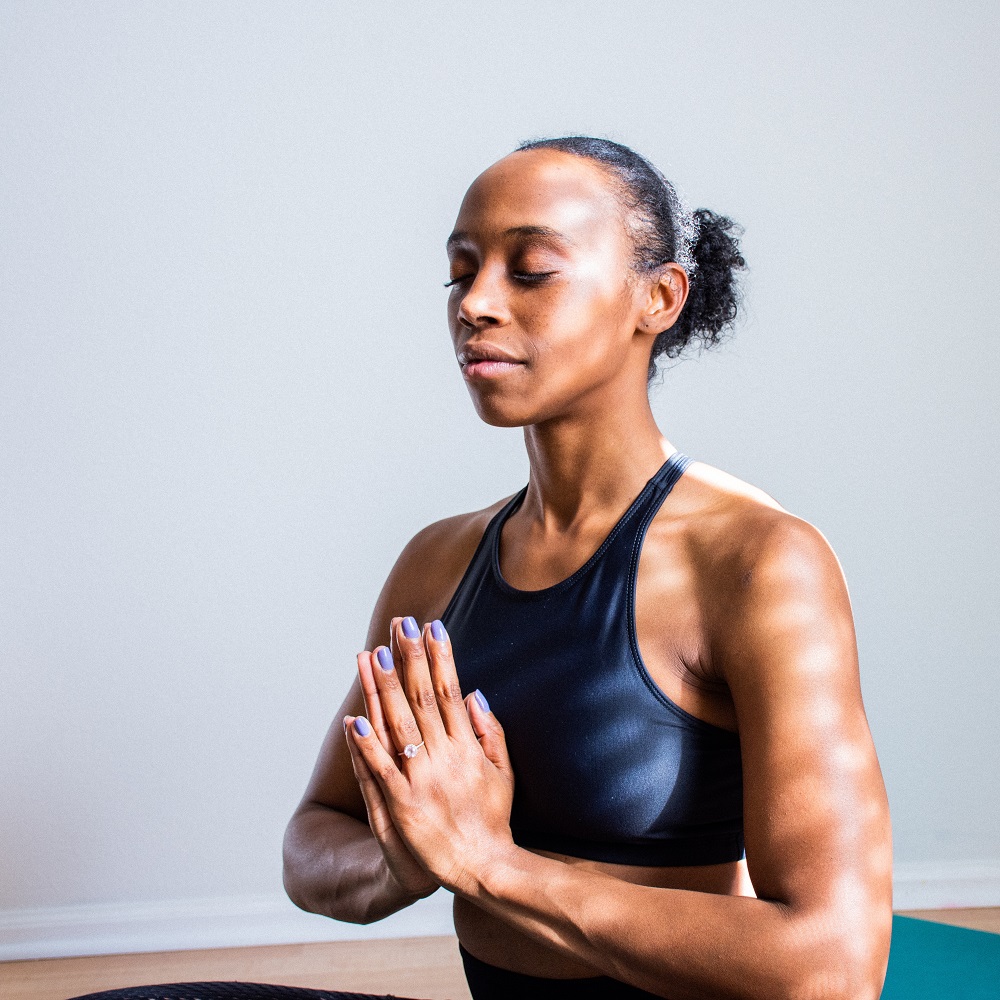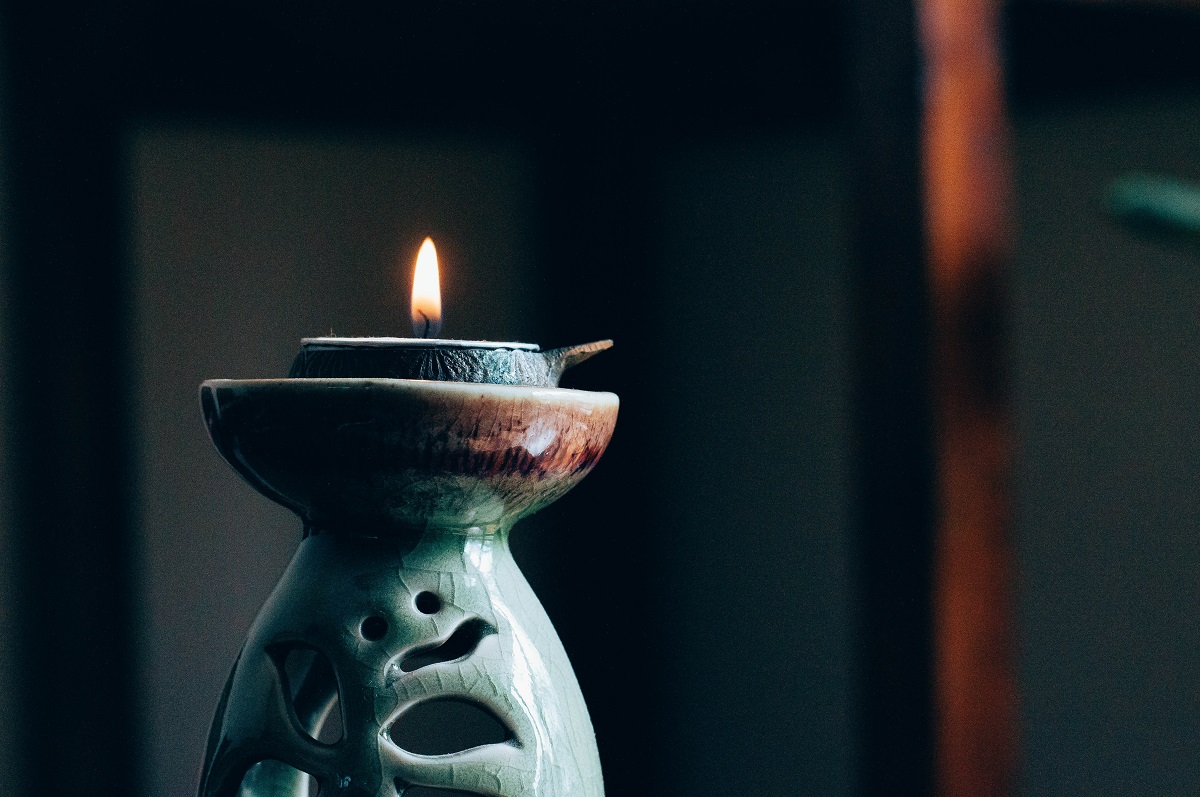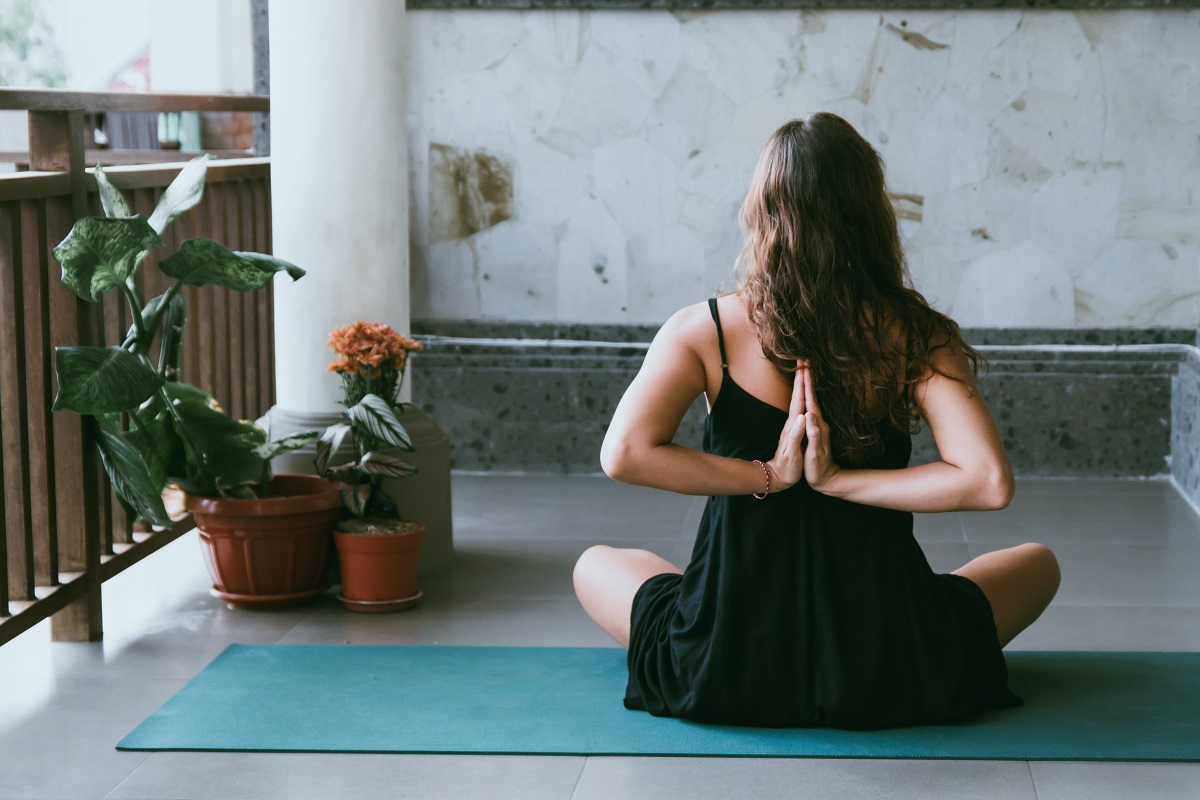How to Practice Yoga at Home for Beginners
Do you want to start practising yoga but don’t have the time? Yoga has endless health benefits – such as helping you lose weight, keeping you flexible and toned, encouraging good circulation as well as improving your mental health.
However, many of us have busy schedules and trying to fit in a regular work out can be challenging. Finding a class with a qualified yoga instructor is always the best option but if you struggle to fit this in, you could start by practicing at home.
Jade Alexis, a yoga instructor on the workout app Aaptiv, says “one of the best things about yoga is that it can be done almost anytime, anywhere — including at home.” So, if you do decide to go down this route, we have put together a guide for beginners on how to practice yoga at home.
1. Invest in some workout gear
You don’t need much to do yoga, but ideally, you should invest in some yoga pants and a nice comfy workout t-shirt. Dressing the part will make you feel more inclined to work out, if you simply try to practise yoga in your PJ’s or Sunday comfies, you’ll be more likely to bail and relax on the sofa instead.
It is also important to have a good yoga mat, Expert Reviews has some advice on yoga mats which you can purchase in the UK. Blocks, or other objects such as blankets, will help you feel more comfortable and can also be super helpful if you’re just starting out and aren’t particularly flexible yet.

2. Make space in your home for your yoga practice
Before you start your practice, you’ll need to make some adequate space. Choose a quiet and uncluttered area in your home, this can be anywhere from your bedroom to your bathroom – wherever feels most tranquil and roomy.
If this proves to be a hard task, consider rearranging your furniture so that you have enough space to move without knocking over any lamps or vases. Also, by putting on some windpipe music and having the scent of calming essential oils in the air, your home practice will feel more special and soothing.

3. Choose 10 yoga poses to memorise
The biggest difference between practising yoga at home or at a gym class is that there is no teacher when you’re at home. This may present you with some challenges, such as lack of motivation, frustration at not knowing what to do next and not having anyone to help you with your alignment. That’s why you need to make sure you have a good idea about what poses or sequences you want to do.
This can be quite a daunting task for a yogi novice, so our advice would be that you try to go to a yoga class once a month so a professional can look over your routine and guide you with your poses.
However, if that’s not a possibility for you, the next best thing would be to follow a free online class or buy a yoga DVD and practice with a friend or partner so they can see if you are following the different poses correctly.
Just keep in mind that whether you’re already in shape or not, you should start out slowly if you’re a beginner to yoga with simple poses. Some good beginner poses include cat-cow, child’s pose, downward-facing dog, plank, cobra pose, upward-facing dog, warrior one and two, chair pose, and low lunge. If you know these 10 yoga poses, you can piece them together into a beginner’s routine.
4. Stay safe, prevent injury
Yoga can cause injuries if you don’t practice it correctly. To avoid this, you should always listen to your body. If something doesn’t feel right, simply ease out of the posture and try again after a little breather or leave this pose out completely.
Of course, you should push yourself, but don’t use force as pain should not be part of this practice. Be particularly aware of your vulnerable areas – your knees, hips, spine and neck – and always be sure to warm up your body properly before attempting more advanced poses. You should be especially mindful during transitions between poses as these are the moments of that often cause more injury as we tend to pay less attention to our alignment.

5. Practise yoga regularly
The key to reaping the benefits of your at-home-yoga-practice is to do your routine regularly. Any practice will be beneficial so you should set yourself a realistic goal. Whether that goal is to do yoga once a week, four times a week or every day, that is totally up to you, but make sure that it is something that you can keep up.
We would recommend making yoga part of your morning routine, but if that doesn’t suit you, the next best thing would be to put yoga in your calendar. Even if you can only squeeze in 15-minutes, it is certainly better than nothing.
6. Finally, most importantly, enjoy your practice!
If you have any other tips on how to begin and maintain a successful yoga practice at home, or you have any additional advice for budding house yogis out there, get in touch with us on social media.




